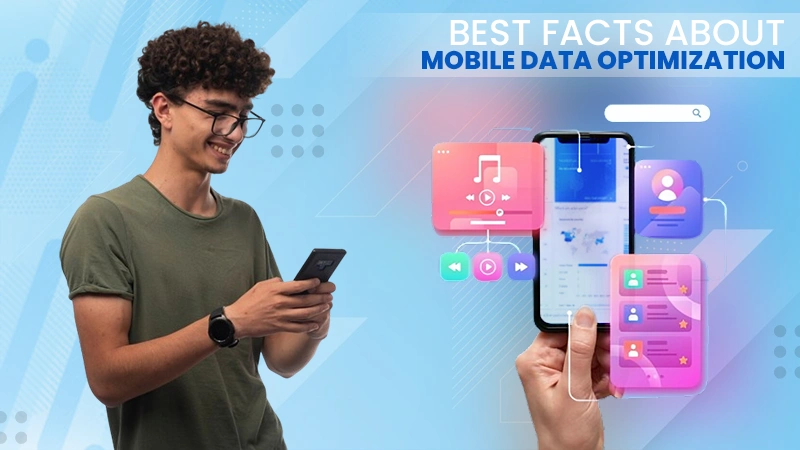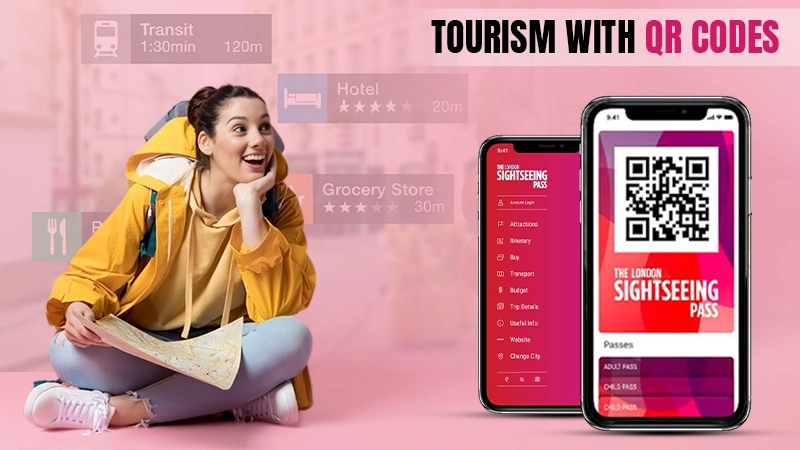SASE stands for Secure Access Service Edge, a cloud-based architecture that provides network and security services to secure users, applications, and data. This word has quickly climbed the ranks to become one of the most aspired-to security notions of the present decade. As well, based on the results of a recent global survey in 2022, 19 percent of respondents are planning to deploy Secure Access Service Edge (SASE) in the next twelve months.
SASE aims to provide the required networking and security capabilities as cloud-based services. SASE approach, when implemented correctly, eliminates perimeter-based appliances and legacy solutions. Instead of sending traffic to a security appliance, users connect to the SASE cloud service to safely access and use online services, apps, and data while security policies are enforced consistently.
When combining your network with SASE, you should also consider how your final SASE choice will affect your unique system. Accordingly, it is not an easy task to find a one-size-fits-all solution, therefore getting support from some kind of technology such as NordLayer SASE solutions could be quite beneficial for your business.
Security, Observability, and Efficacy
Security, observability, and efficacy aren’t usually taken into account sufficiently, but these are extremely crucial. Since all clouds are created equal, the same can be said for security products. While no product is completely immune to the effects, it is crucial to be sure you’re avoiding them as much as possible.
Consider this as a test criterion or look for third-party comparisons when evaluating solutions. And with observability, it’s all about having that end-to-end view from the user to the program and detecting any potential issues. In addition, it’s not just about monitoring for issues, but being able to pinpoint where the problem may be so you can quickly take action.
Storage and Cloud
Virtualization of network services with SASE can be accomplished using the public cloud. The other alternative is to take a more hardware-focused strategy and deploy it on the edge of the cloud. Both approaches have their pluses and minuses.
To secure workloads that are part of these private clouds, Virtual Private Cloud can be used with Network Function Virtualization. The same is applicable to cloud providers who have several virtual private clouds. Multiple environments necessitate replicating distinct installations for each cloud service provider, which adds to the complexity. This is related to a higher expense and necessitates a higher level of technical expertise.
With a single setup at the SASE, you can control all visitors and locations. This makes managing many functions in various environments easier, resulting in increased efficiency and fewer support issues.
Adaptability with Zero Trust Network Access Also, read to know:
In comparison to SASE, the traditional method of defending cloud and mobile environments using endpoint solutions is no longer sufficient. SASE works efficiently with Zero Trust Network Access (ZTNA), which has a variety of benefits. It will be simpler to implement regulations that restrict access to specific IP addresses. This allows for more accurate access restrictions at the level of individual identities.
No matter how quickly your network develops, SASE with ZTNA makes it easier to scale network security. As part of a cloud-native platform, it can accommodate many tenants, which makes this practical.
Furthermore, the fact that SASE offers more than an old castle-and-moat method, which is sometimes inadequate for modern network topologies and edges, ensures improved security with ZTNA.
Quality of Integration and Global Coverage
By definition, SASE is a platform that combines security and network operations in a cloud-native environment. This should not be taken for granted, as some vendors may market their solution as SASE even if the services on offer are not fully converged. You may, for example, see if SD-WAN is completely integrated with security services like NGFWaaS or SWG.
Furthermore, because SASE is a cloud-native solution, this quality should apply to all points that make up your network’s edge. This encompasses on-premise, cloud, and mobile environments.
Single-Pass Solution or Best of Breed
Many organizations now offer so-called single-pass SASE systems, which bundle networking and security functions into a single platform. Since both are equally important, these solutions are touted as “complete,” because the same vendor can provide both security and SD-WAN.
Going for multiple vendors to deliver the best of breed functionality is a more flexible option for network security, WAN, and LAN. This means that you can choose a different provider for each component of the security system such as a firewall or VPN.
What you should do is choose providers who have a track record of providing high-quality assistance for their partners’ ecosystems. This will make implementing SASE or integrating it with an existing infrastructure easier, as well as making networking and security administration easier and with fewer difficulties in the future.
Conclusion
Choosing the ideal SASE solution is a difficult task, but sticking to essential considerations like the ones we discussed above should help. While keeping track of all of them is beneficial, you should also keep in mind that your specific use case will influence your ultimate SASE choice, as this is a complicated technology that isn’t a one-size-fits-all solution for every situation.







